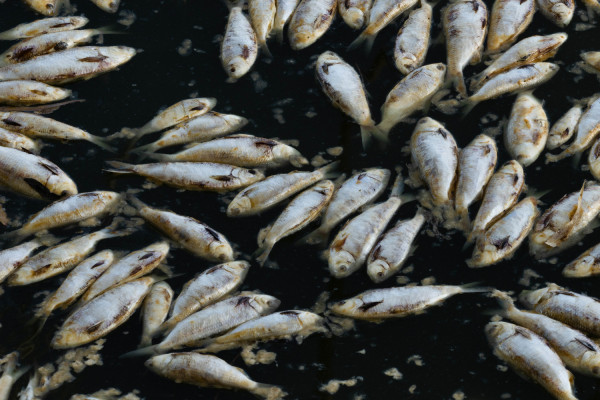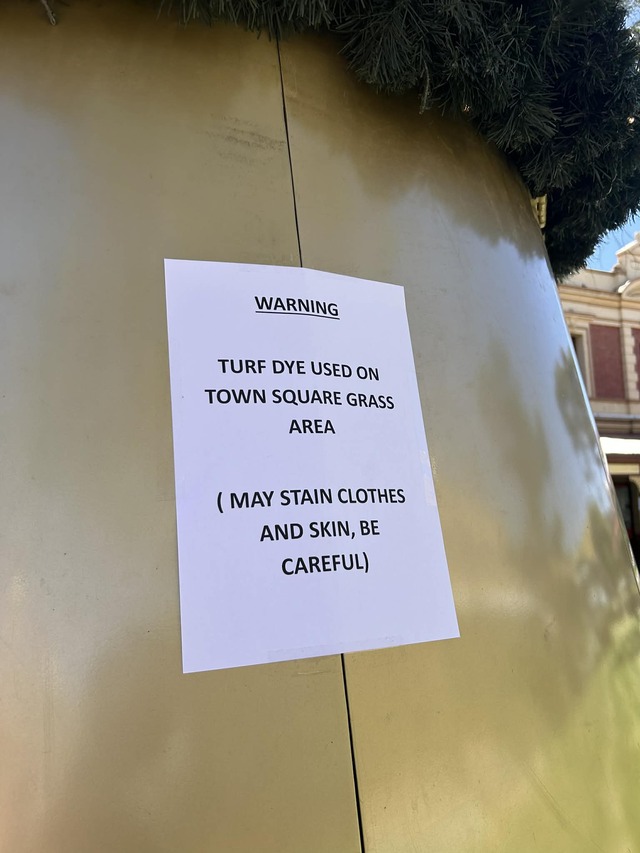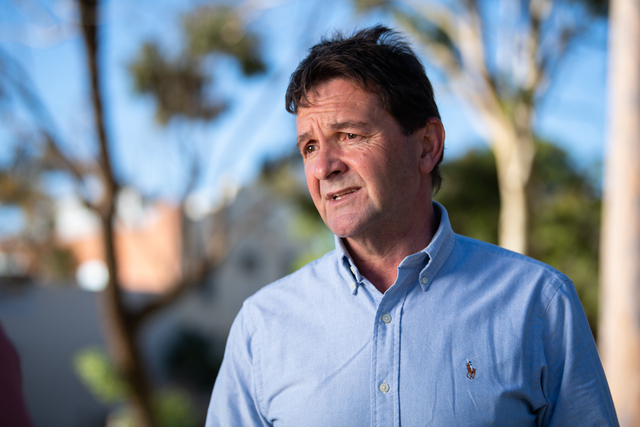WATER experts and activists in the Far West of New South say they’re distressed by a community update released by the Department of Climate Change, Energy, the Environment and Water yesterday that warns mass fish deaths are likely in the coming weeks.
The update says that chances of a fish kill event is high due to a combination of warm temperatures and low-oxygen water travelling downstream towards Menindee.
Host of award-winning podcast and radio program Water Watch Megan Williams said it was devastating that Menindee residents were being told once again to expect fish deaths, despite flows coming down the river and 2024 being a year without major drought or flood.
“Flows usually mean only good news but the ecosystem has been degraded to such an extent that even a good flow has catastrophic potential,” Mx Williams said.
“I read this update as: the river is in such a dire state that it can’t handle rain in the catchment anymore.”
The update said recent heavy rainfall in northwestern NSW and southwestern Queensland has seen flooding throughout the northern basin, which has allowed organic matter such as grass, leaves and bark in streamlines and floodplains to be pulled into the river, reducing dissolved oxygen levels in the water as they break down.
But Mx Williams said minor flooding and a small amount of rain shouldn’t de-oxygenate water to the extent that it leads to fish kills.
“It’s not a drought year or a major flood year, the floodplains were flooded two years ago so there can’t be that much organic matter buildup, and so a bit of rain in the catchment shouldn’t mean we’re preparing for a fish kill,” they said.
Mx Williams also said that the reason mass fish deaths occurred after floods last year was due to floodplains not experiencing flood in numerous decades, meaning the amount of organic matter that had collected on the floodplains and been pulled into the river was huge and caused hypoxic water.
“If this isn’t a reason to prioritise the recommendations of The Connectivity Report, I don’t know what is,” they said.
The Connectivity Report, published earlier this year by the Independent Connectivity Expert Panel, was established to provide advice to the government to ensure the health and connectivity of the Murray-Darling River system.
Connectivity is a measure of how linked the river is along its length by water, or how connected water is between the river and surrounding wetlands and floodplains.
Ensuring connectivity throughout the entire river helps can help to maintain high water quality as the water can remain flowing rather than sitting stagnant, a cause of de-oxygenation.
The Connectivity Report suggested minimum-flow rules, restrictions on floodplain harvesting and dam releases, and recommended immediate action to prevent the further degradation of the river system.
Mass fish deaths have occurred in Brewarrina and Walgett in the past two weeks, with a spokesperson from the Department of Primary Industries and Regional Development confirming about 2000 fish dead, mainly carp, reported on December 10.
Fisheries officers along with the Dharriwaa River Rangers attended the sites of the deaths after the event and noted critically low levels of dissolved oxygen.
Zoe Sands from the Dharriwaa Elders Group in Walgett said she estimates hundreds of fish died in the Walgett fish kill last week.
“We’re really concerned because it shouldn’t be happening, the river health is really poor and it’s not looking how it should be,” she said.The update from DCCEEW said more fish death events are expected over the coming weeks.
“There have been confirmed fish deaths at Walgett and Brewarrina in the past two weeks, and we are expecting more over the Christmas and New Year break, particularly in stretches of the river where there is no refuge for native fish, as the front of the hypoxic water moves down the river,” the statement said.
A department spokesperson said increasing temperatures along with recent high flows has impacted water quality, contributing to the fish kills upstream.
“When the water reaches the Menindee Lakes, State and Federal agencies will work together to manage inflows to maintain water quality in the Weir 32 pool,” the update stated.
“We expect there may be fish deaths in the upper parts of Lake Wetherell.
“Hypoxic water is an extremely complex and difficult issue to manage, particularly when the flows are large. In many cases, there is little we can do.
“Should a mass fish death occur, an incident response plan is in place.”
Members of the advocacy organisation The Nature Conservation Council of New South Wales has called on governments to implement reforms to return critical water flows to the river as a matter of urgency.
The Council’s water campaigner Mel Gray said evidence that reduced river connectivity is contributing to fish kill events is clear.
“Unless we make changes, we will continue to witness these tragic fish kills along the river,” she said.
Mx Williams said the update yesterday, along with recent fish kills prove the Darling-Baaka River is in a critical state.
“It’s good that the government is preparing and communicating clearly with the community, but this is a very sorry state for the river to be in,” they said.
“How many fish kills do we need before we see real action?”







